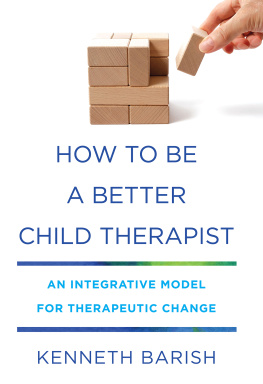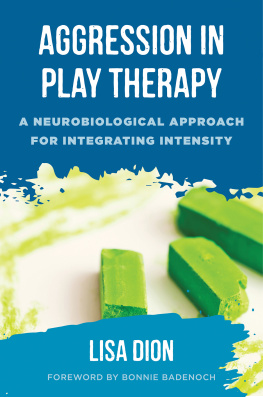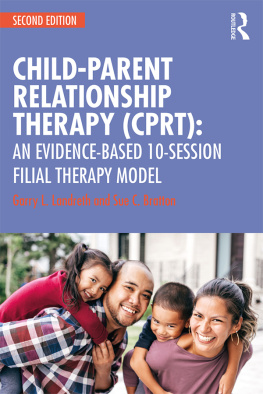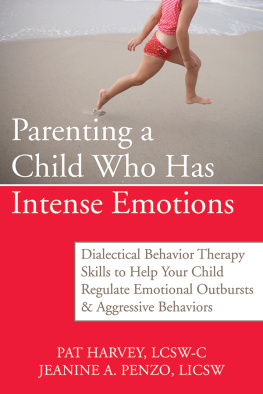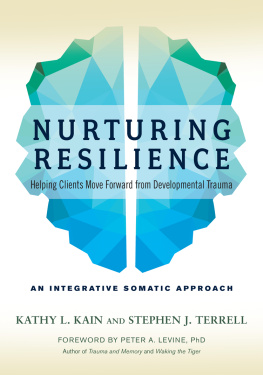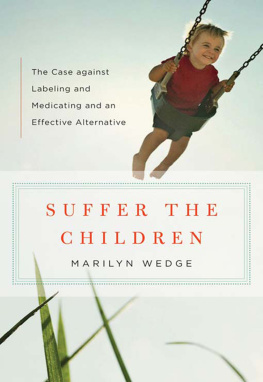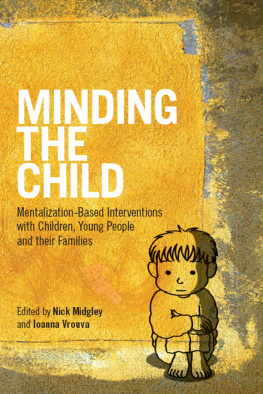Kenneth Barish - How to Be a Better Child Therapist: An Integrative Model for Therapeutic Change
Here you can read online Kenneth Barish - How to Be a Better Child Therapist: An Integrative Model for Therapeutic Change full text of the book (entire story) in english for free. Download pdf and epub, get meaning, cover and reviews about this ebook. year: 2018, publisher: W. W. Norton & Company, genre: Children. Description of the work, (preface) as well as reviews are available. Best literature library LitArk.com created for fans of good reading and offers a wide selection of genres:
Romance novel
Science fiction
Adventure
Detective
Science
History
Home and family
Prose
Art
Politics
Computer
Non-fiction
Religion
Business
Children
Humor
Choose a favorite category and find really read worthwhile books. Enjoy immersion in the world of imagination, feel the emotions of the characters or learn something new for yourself, make an fascinating discovery.
- Book:How to Be a Better Child Therapist: An Integrative Model for Therapeutic Change
- Author:
- Publisher:W. W. Norton & Company
- Genre:
- Year:2018
- Rating:3 / 5
- Favourites:Add to favourites
- Your mark:
How to Be a Better Child Therapist: An Integrative Model for Therapeutic Change: summary, description and annotation
We offer to read an annotation, description, summary or preface (depends on what the author of the book "How to Be a Better Child Therapist: An Integrative Model for Therapeutic Change" wrote himself). If you haven't found the necessary information about the book — write in the comments, we will try to find it.
An integrative approach for child therapists of all disciplines and at all levels of training and experience.
How to Be a Better Child Therapist is an innovative contribution to the theory and practice of child therapy. Drawing on several decades of experience, Kenneth Barish presents a comprehensive, multi-faceted approach to therapeutic work with children and families, based on a contemporary understanding of childrens emotions and emotional needs. This book offers a new theoretical integration, an in-depth discussion of the essential processes of child therapy, and a wealth of practical recommendations to help child therapists solve the varied problems presented to us in daily clinical work.
Part 1 provides a theoretical foundation. Barish demonstrates how emotional and behavioral problems of childhood are most often caused by vicious cycles of painful emotions and pathogenic family interactions. Successful therapy arrests this malignant development and sets in motion positive cycles of healthy emotional and interpersonal experiencesincreased confidence and engagement in life and more affirming interactions between parents and children. Over time, children and adolescents develop a less critical inner voice and more positive expectations for their futurea new sense of what is possible in their lives.
Part 2 describes 10 principles that guide our efforts toward this overarching therapeutic goal. Barish offers advice on how we can improve all aspects of clinical work with children: How can we engage more children in treatment? Why is empathy essential to childrens emotional health and effective therapy? How do children learn to regulate their emotions? What is the role of play in contemporary child therapy? How can we combat a childs discouragement and self-doubt? How can we overcome childrens resistance to talking about bad feelings?
Part 3 presents a framework for therapeutic work with parents. Barish describes general principles for strengthening family relationships as well as practical plans for solving many common problems of their daily family life. He offers strategies for helping children who have difficulty with separations, doing homework, getting ready in the morning, or going to sleep at night; children with tantrums and uncooperativeness, rudeness and disrespect, sibling conflicts, and addiction to video gamesproblems for which parents, often urgently, ask our help. How to Be a Better Child Therapist is both inspiring and practical, essential reading for therapists of all theoretical orientations who work with children and families.
Kenneth Barish: author's other books
Who wrote How to Be a Better Child Therapist: An Integrative Model for Therapeutic Change? Find out the surname, the name of the author of the book and a list of all author's works by series.

